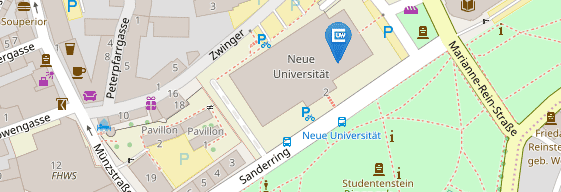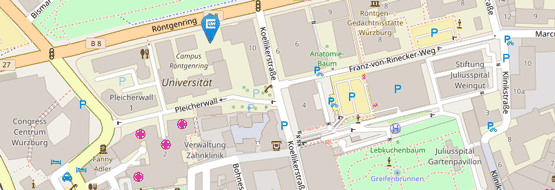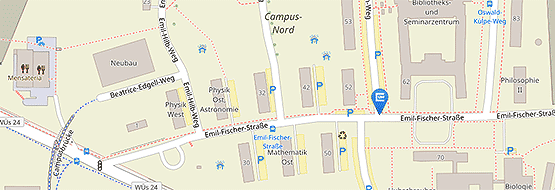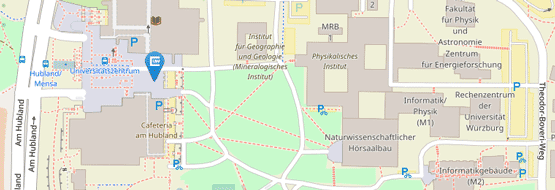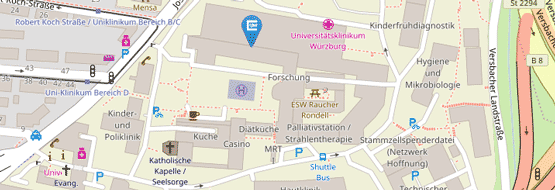Paving the Digital Way to an Ancient People from Anatolia
10/14/2025The Hethitologie-Portal Mainz houses digital copies of around 30,000 clay tablets from an ancient people from Anatolia. A research team from the University of Würzburg has set itself the task of expanding this portal technically.
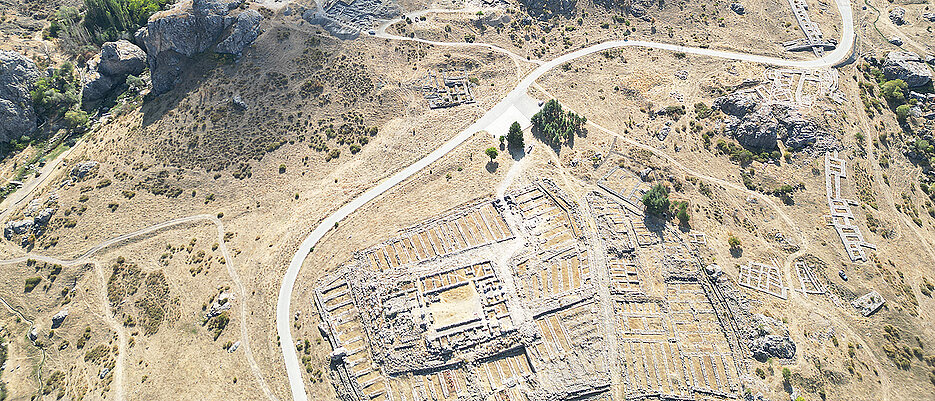
Boğazköy-Ḫattuša was the name of the capital of the Hittites, a people who lived in Anatolia almost 3,500 years ago. Over the decades, researchers have found almost 30,000 clay tablets at the excavation site. The royal administration of the Hittite state recorded state treaties, decrees, prayers, myths and rituals on them, primarily in Hittite - a language that was only deciphered in 1915. The Hethitologie-Portal Mainz (HPM) was launched almost 25 years ago to make these tablets, fragments and their content available digitally.
A team from Julius-Maximilians-Universität Würzburg (JMU) is now working to expand the portal's digital infrastructure as part of the "Digital Pathways to the Hittite World" project. Professor Daniel Schwemer, Head of the Chair of Ancient Near Eastern Studies, Stephanie Döpper, Junior Professor of Digital Humanities for Near Eastern Archaeology and Ancient Near Eastern Studies, and Martin Gruber, Junior Professor of Near Eastern Archaeology, as well as Andreas Schachner from the German Archaeological Institute (DAI, Istanbul Department), head of the excavations in Boğazköy-Ḫattuša and adjunct JMU professor, are leading the project. The Zentrum für Philologie und Digitalität (ZPD) and the Centre for Artificial Intelligence and Data Science (CAIDAS) are providing technical support for the project.
Enabling more Detailed Searches
Although the Hittitology portal contains digital copies of all known Hittite clay tablet fragments, a targeted and structured search for complex questions can often be difficult and take a long time. This is why the team's first step is to clean up the data. "As excavations have been taking place in Boğazköy-Ḫattuša since 1906, we have a large discrepancy in the data quality," says Döpper. Details that go beyond the text content - such as the exact location of the find - help researchers to carry out more precise analyses. This saves them time-consuming searches.
The team also wants to enable advanced searches by linking data records with each other. This should enable users to find specific content from individual texts. One example: "Enquiries about specific fields of research will also be possible. If someone is researching Hittite rituals, for example, they can also search for specific ritual tools and display all objects found that relate to them," explains the junior professor.
A Large Language Model Learns Hittite
Artificial intelligence (AI) is also being used: the team is collaborating with CAIDAS - above all with Professor Andreas Hotho, Head of the Chair of Data Science. The researchers want to work with LLäMmlein - the centre's large language model, which was the first of its kind to be trained exclusively in German.
The AI is now set to learn another language: Hittite. "LLäMmlein can help linguists in their work. The language training enables it to recognise linguistic patterns in Hittite more quickly," says Döpper. This is particularly important when it comes to clay tablets that have only been preserved in fragments. The language model can predict which text is most likely to follow and thus support the reconstruction of sentences and the restoration of more complete tablets from different fragments.
Facilitating Work in Archaeology
Important questions that archaeologists ask themselves are: Where exactly was a fragment found? How many tablets were there? In the past, researchers kept excavation diaries to record information about an archaeological site. "The problem with this is that everyone used their own system and their own abbreviations. What researcher A calls site A, researcher B calls site B, and they actually mean the same place," says Döpper. The aim is to analyse the diaries and digitally standardise the information obtained from them in the portal. This will provide users with more detailed information about the location where the tablets were found.
The team also wants to make it easier to categorise ceramic shards into specific types. The shape helps to determine when a vessel was created. This process is usually carried out manually. "Even though digital approaches already exist, they are often still flawed. For example, some systems take the preserved length of a sherd as the most important feature for classification. However, this is only a random result of the preservation," says the junior professor. The JMU researchers want to eliminate such deficits in order to automate the process of typologisation.
Further Information
The Volkswagen Stiftung is funding the project with 250,000 euros. The starting point is an existing grant from the foundation in the "World Knowledge: Structural Support for Small Subjects" programme. The project was launched on 1 October 2025 and will run for two years.
The scientific research into Boğazköy-Ḫattuša is taking place as part of an international long-term project led by the German Archaeological Institute - Istanbul Department, with which Würzburg Ancient Near Eastern Studies has been collaborating for many years.
More information on research into the Hittite capital can be found on the DAI website
About the Hethitologie-Portal Mainz
The Hethitologie-Portal Mainz is hosted by the JMU Computer Centre and is one of the leading digital infrastructures in Ancient Near Eastern Studies: for almost 25 years now, it has been providing digital text editions, media, databases and much more in open access.
From 2001 to 2007, the portal was created with funding from the German Research Foundation and has since become the digital home of numerous research projects with various sponsors in cooperation with the Academy of Sciences, Humanities and Literature Mainz. Professor Daniel Schwemer has been in charge of the portal as a leading member of the directorate since 2015. The portal primarily contains Hittite text editions, but also bibliographical and genealogical databases as well as media databases with drawings, photos and 3D models of cuneiform texts.
Contact
Stephanie Döpper, Junior Professor of Digital Humanities for Near Eastern Archaeology and Ancient Near Eastern Studies, T: +49 931 31 83170, stephanie.doepper@uni-wuerzburg.de


